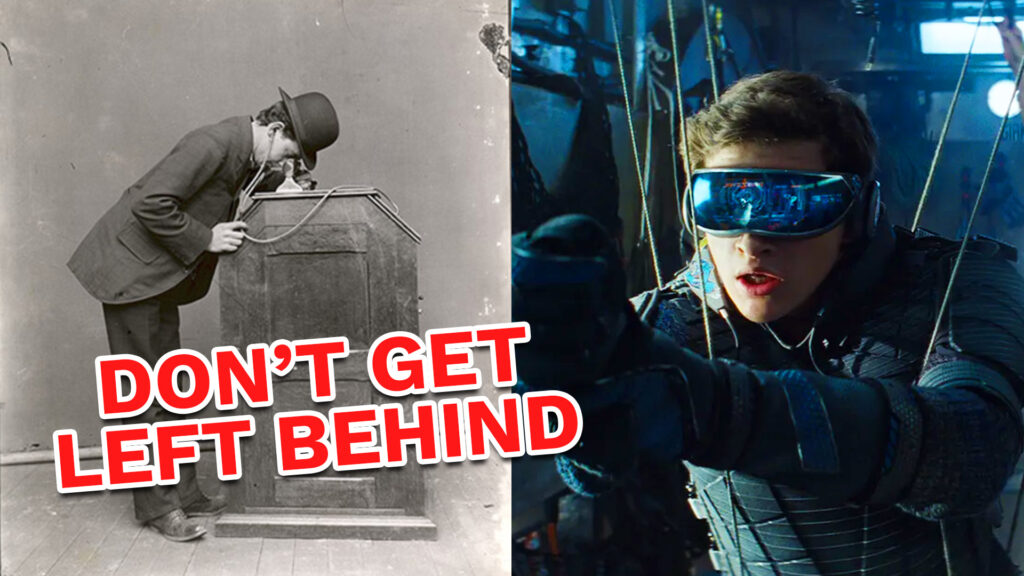1. What is virtual reality?
Virtual reality (VR) is an immersive experience that replaces one’s current environment with a completely different 360-degree environment by using a VR headset.
2. How does virtual reality work?
By using a VR headset, users can interact with the virtual environment. The headset provides visuals on a screen, and by tilting the head, users can view different parts of the environment. This is known as 3DOF, or three degrees of freedom.
For a full VR experience, referred to as 6DOF (six degrees of freedom), additional components such as trackers and an input system are required. Trackers are generally cameras on the headset that map the user’s room to track their movements in the virtual space. An input system, usually in the form of controllers, allows users to interact with the virtual environment.
3. What are the uses of VR?
While gaming is a popular use of VR, there are many other applications. VR can be used to watch movies and even participate in virtual movie screenings with people from around the world. Fitness is another significant use, as VR can gamify workouts, offering alternatives to traditional gym routines. Creativity is also enhanced in VR, allowing artists to paint, sculpt, and create music in a virtual space. One advantage of VR is its ability to provide an immersive experience. It allows users to feel fully immersed in a virtual environment, much like visiting Disneyland where characters come to life.
4. What are the challenges of VR?
The challenges of VR include the perception that it is complicated and intimidating, as it is still a relatively new technology. However, there are resources available, such as YouTube channels, that provide beginner-friendly explanations and tutorials.
5. Will VR give you motion sickness?
Virtual reality can make some users sick due to a disconnect between what their eyes see and how their body perceives motion. However, there are ways to reduce motion sickness in VR, as explained in this video.
6. Do you need a VR headset for Virtual Reality?
Having a VR headset is not mandatory for a VR experience, but it is recommended. Some experiences can be enjoyed using Google Cardboard, which allows users to view VR content by putting their smartphone in a cardboard headset mount. However, for a more comprehensive experience with full tracking capabilities, a 6DOF VR headset, such as the Meta Quest 2, is preferable.
7. What is the difference between virtual reality and augmented reality?
The major difference between virtual reality and augmented reality (AR) is that VR completely replaces the real-world environment, while AR overlays digital content on top of the real world. AR examples include Pokemon Go and Snapchat/Instagram filters.
8. What is the difference between virtual reality and the metaverse?
The metaverse is an online, connected version of virtual reality. It is comparable to the internet, where users can interact with others and experience virtual environments together. In contrast, VR can be experienced offline. Some VR experiences can be considered a metaverse such as VRChat, RecRoom or Horizon Worlds. Not all metaverses are necessarily in VR such as Second Life.


